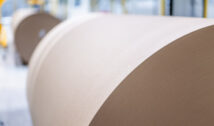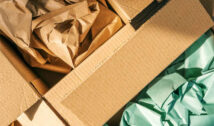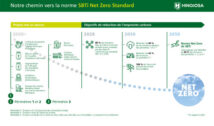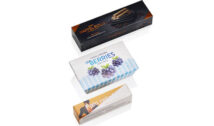
The world has altered very quickly over the past few months. Almost every aspect of daily life has been completely changed, from business and politics to culture and society, and it’s going to be a while until anything gets back to normal.
At a time when there’s intense focus on the spread of Covid-19 and ways in which that spread can be reduced, there’s been a lot of attention on different surfaces and how those surfaces can retain and potentially spread the virus. Since paper and card are very physical mediums, they have come under the spotlight, with concerns expressed about whether people can catch coronavirus simply by touching. So we have researched the facts relating to Covid-19 transmission through paper/cardboard surfaces.
The facts
Research and guidance from the world’s leading health organisations, including the World Health Organisation (WHO), The Journal of Hospital Infection, and the National Institute of Allergy and Infectious Diseases, suggests that the risk relating to Covid-19 transmission from surfaces is relatively low. According to the World Health Organisation, “The likelihood of an infected person contaminating commercial goods is low and the risk of catching the virus that causes COVID-19 from a package that has been moved, travelled, and exposed to different conditions and temperate is also low.”
The most referenced scientific research on the subject of surface rate of infection is from the National Institutes of Health (NIH), Centers for Disease Control (CDC), UCLA, and Princeton University, which studied how stable the coronavirus was on different surfaces. It found that of plastic, stainless steel and cardboard, the virus lasted the longest on plastic (up to 72 hours) and the shortest on cardboard (up to 24 hours)[2]. That time is shortened when the surface is exposed to air, with the virus becoming less and less potent the more it’s exposed. The printing process will also decrease the potency of any virus.
“Newspapers are pretty sterile because of the way they are printed and the process they’ve been through,” said George Lomonossoff, a virologist at the John Innes Centre in the UK. “Traditionally, people have eaten fish and chips out of them for that very reason. So all of the ink and the print makes them actually quite sterile. The chances of [being infected] are infinitesimal.”
Addressing the concerns
Aside from the manufacturing conditions of paper, plus the printing and distribution processes significantly decreasing the amount of viable particles required to infect someone, the material itself is not a good location for the virus to exist. The researchers found that the coronavirus lasts longest on smooth, non-porous surfaces such as plastic. Since paper and cardboard are porous, they carry the lowest potency for the shortest period of time.
There will undoubtedly be more research on the relationship between Covid-19 and surfaces in the months and years to come. Understanding this pandemic is vital if we’re to avoid a repeat of its devastating consequences. But also vital is addressing the concerns surrounding its spread, and we will work hard to keep you updated on the latest research on paper and card.

































